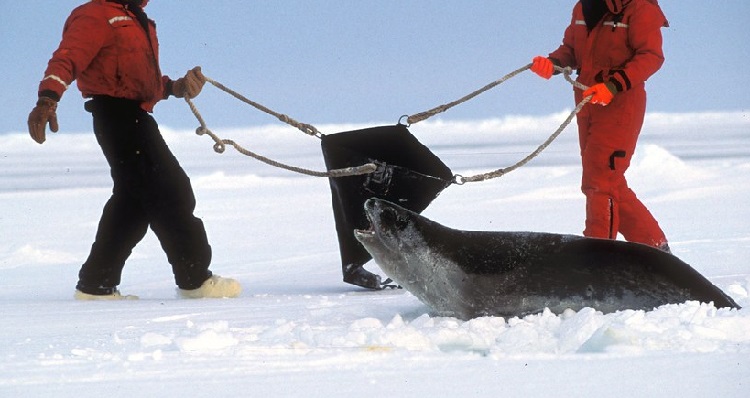Oh – joy to the world – ’tis the merry season of seal clubbing. Beginning in April every year, people come together with huge clubs to beat tiny baby seals over the head. The act is brutal.
The number of young seals that die in this vicious manner is devoid of humanity! But this merry commercial sealing tradition continues – with the support of the Canadian government.
Learn why it does and what is involved in bringing seal meat, fur, and other products to your access. Then, find out the ins and outs of killing the innocent for commercial gain – because the sealing industry says there are no economic alternatives (untrue).
Seal Clubbing
Seal clubbing is a controversial practice that has long been shrouded in secrecy and misinformation. Every year, thousands of innocent baby seals are brutally killed in Canada and other countries for their fur, despite widespread public opposition.
We’ll explore the shocking reality of seal clubbing and its impact on wildlife and ecosystems.
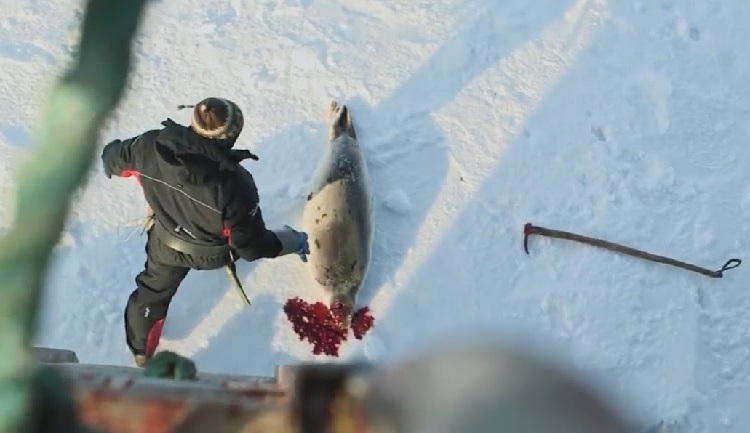
Canada Seal Clubbing
Canada holds a tradition every year – its Canadian seal hunt for commercial gain. The government allows and supports seal clubbing, which is the most significant and vile slaughter of marine mammals on the planet. But it faces protests from animal rights groups for the industry’s cruelty.
In response, the Canadian government and the fishing industry want the public to believe they’re doing nothing wrong. They spread misinformation about methods, numbers, and motivations, throwing you off the scent of blood.
The bloody stench of baby seal carcasses – the white snow disfigured for the moment, leaving only the cries of pain of the innocent to echo across the landscape. That’s all of what remains after the commercial seal hunt has made its profits off the fur of seals.
The price for the life of a harp seal? A paltry CAD$27. Except, looming extinction is the “hidden” cost of the life of the harp seal population.
Harp Seals Hunt
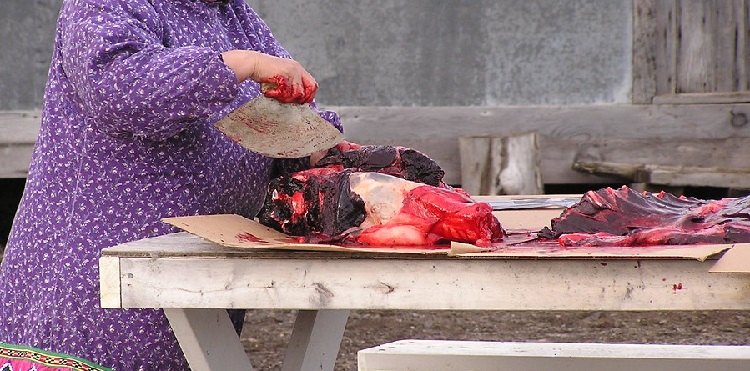
The annual Canadian commercial seal hunt focuses on the largest slaughter of harp seals annually and the butchering of many hooded seals. A massive and shocking 97% of these Canadian seals are pups – all less than three months young.
Ringed seals are also the target of hunting in their natural habitats on ice floes in the Arctic regions.
Clubbing Baby Seals
The commercial sealing season starts in April in the Northern hemisphere once the fishing season ends. It occurs primarily on the east coast of Canada, is government approved, and involves using multiple weapons and equipment.
Even though only about 6,000 fishermen participate in this seal hunt, they manage to kill hundreds of thousands of these seals annually.
Of course, they have plenty of help from commercial fisheries with more resources. But at a mere CAD$27, killing 1,000 seals amounts to CAD$27,000 – hardly worth the lives of these seeing, feeling animals.
History of Seal Hunting
The history of seal clubbing is a dark and troubling one, dating back hundreds of years ago. Understanding the history of seal clubbing is crucial to understanding why it still persists in many parts of the world.
Traditional Seal Hunting
Native Americans and First Nations People have been hunting seals as part of their culture and for survival for over 4,000 years. The Inuit occupy parts of Canada, Alaska, Greenland, and Russia.
Approximately 3% of seal clubbing in southern Canada is attributable to the Inuit people. Most of the seal clubbing worldwide is attributable to these people.
Their traditional seal hunting and hunting of other animals have always been essential to obtain vital nutrients from wild meat. These nutrients include iron, vitamin A, and vitamin B12. Besides, they also acquired the necessary protein and fat from their targets.
The Inuktitut people gain other benefits from seal clubbing. They use seal bone to make tools and other parts for fuel, tents, boats, thread, and more. The Nunavut people also still acquire benefits from killing the ringed seal. And if an Inuit boy kills his first seal, it is an occasion that must be celebrated.
Modern Era Seal Hunting
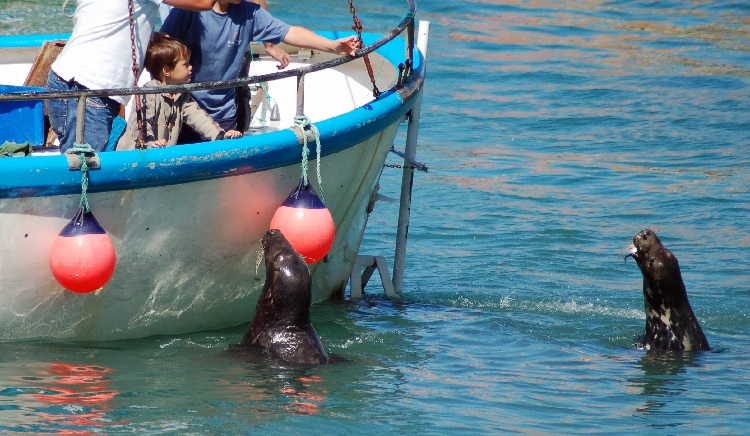
Seal hunting has been going on since about 1515 in the modern era. It has taken place anywhere there have been seal populations. These regions included Newfoundland and Labrador, and the Gulf of St. Lawrence, which pursued killing tens of thousands of seals for meat and pelts to survive and for trading purposes.
In the early 1700s, evidence shows that hunting seals became more a matter of profit than sustainability. Englishmen started using boats to kill seals on a larger scale.
Sealing operations extended to the South Seas in the later part of the 18th century. South Georgia island became Captain James Cook’s focal point for trade between London, Europe, and the Americas.
The sealing industry continued its expansion into the Pacific Ocean, the Australasian region, and southern New Zealand waters. As they destroyed the harp seal population in one region, they moved to the next. The same fate hit the sealing industry in the North Pacific by the end of the 1800s.
Industrial Era Seal Hunting
The Newfoundland seal industry started from the Grand Banks fishery in the late 1700s. It used fishing vessels, and Canadian sealers killed about 450,000 animals annually in the 1830s. This figure increased to 546,000 every year in the 1840s.
Large schooners took over the business in the 1860s again, repeating the earlier kill numbers. In the process, smaller sealing vessels were pushed out of the competition.
Fifteen years later, the Scots built the SS Bear. Its designers ensured it could smash through thick ice to get to the seal herds. Following the success of this sealing vessel, the Terra Nova was built in 1884. After World War II, Norwegian sealing ships outperformed the Newfoundland ones.
By 2007, the Newfoundland commercial sealing industry only added $6 million to its GDP – a fraction of its former profitability from the seal fur business.
Why Do People Kill Seals
Seals have been hunted for centuries, with various cultures and societies finding different reasons to kill these marine mammals. Despite growing public awareness about the inhumane and unsustainable nature of seal hunting, it continues to this day in many parts of the world.
Products Made From Seals
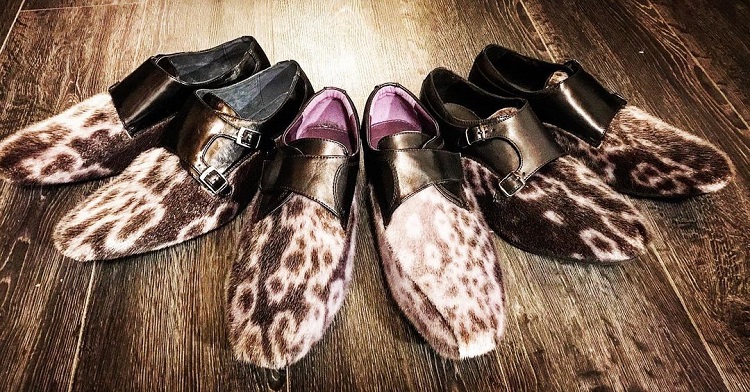
The fishermen do the most hunting in Newfoundland on the east coast of Canada. People go on the annual commercial hunt to kill adult seals for their meat. They also hunt these animals for seal bone and seal blubber to use in cooking and lighting.
Other reasons for hunting are to use their byproducts in leather treatments. Other seal products are seal pelts for waterproof clothing like boots and jackets. A small market remains for seal oil for private use and industrial reasons.
Today, people hunt seals for their white fur for commercial fashion garments. There is also demand in Asian markets for seal penises as aphrodisiacs. Asian markets add seal meat to pet food. They use seal oil capsules in supplements.
There are many commercial uses for this animal, but seal organs have not been popular since the late 1990s.
Methods and Equipment Employed To Kill Seals
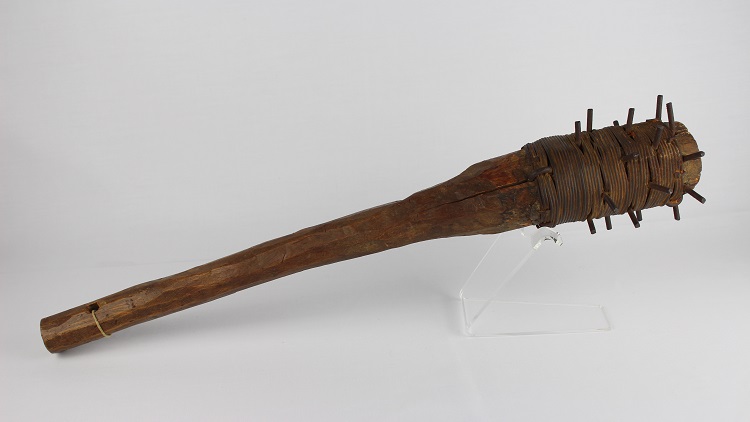
The Canadian Marine Mammal Regulations mandate what equipment people can use for the seal hunt. Weapons for the seal slaughter include:
- Wooden clubs – the weapon of choice in the Gulf of St. Lawrence.
- Hakapiks – big ice pick-type clubs – the weapon of choice in the Gulf of St. Lawrence.
- Guns – the preferred weapon in the Front (east of Newfoundland), although people use clubs to kill wounded seals.
All these killing methods are inherently inhumane. They are even more barbaric because hunters shoot the pups from moving sealing vessels. If they don’t make a kill shot the first time, they won’t use another bullet because the processing plant takes off $2 for every bullet hole in a seal skin.
Consequently, many wounded seal pups die a slow, painful death, drowning in the open water as they sink to the bottom of their watery coffins.
The hakapik is a robust club with a hammerhead and a metal hook. Sealers smash the seal’s fragile skull with the hammer and then hook it to move the carcass. One study showed evidence that “hunters” only killed three of eight seals by shooting with guns.
The seals remained alive on the ice after being wounded by shooting. The seal clubbers then finish off conscious seals on the ice floes with a heavy wooden club or hakapik. This situation leads to exponential animal suffering, something that animal welfare organizations are fighting against.
Environmental Protection and Regulation
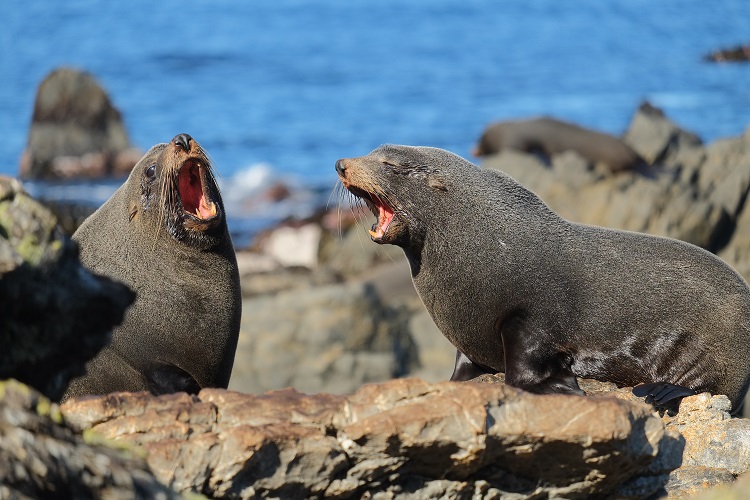
The Canadian Sealers Association and Canadian sealing regulations determine specific humane killing equipment and parameters. They stipulate that guns, hakapiks, and clubs can be used to kill seals. They also mandate that these seals must be dead before anyone can skin them.
Only Russia, Norway, Greenland, Canada, and Namibia use commercial sealing today. The U.S. bans all commercial hunting of marine mammals. However, it allows indigenous people to continue their traditional practices within specific limits.
In total, there are 36 international trade bans on these products. These countries include EU member states. Because of these bans, the commercial hunt in Canada has declined by more than 90%.
Despite global scrutiny, Canadians involved in the hunt still don’t uphold humane killing methods, nor do the authorities enforce their rules.
Clubbing Seals, a Topic of Debate
The practice of clubbing seals has long been a topic of intense debate and controversy. The debate over seal clubbing has raged on for decades, with both sides presenting compelling arguments and evidence to support their positions.
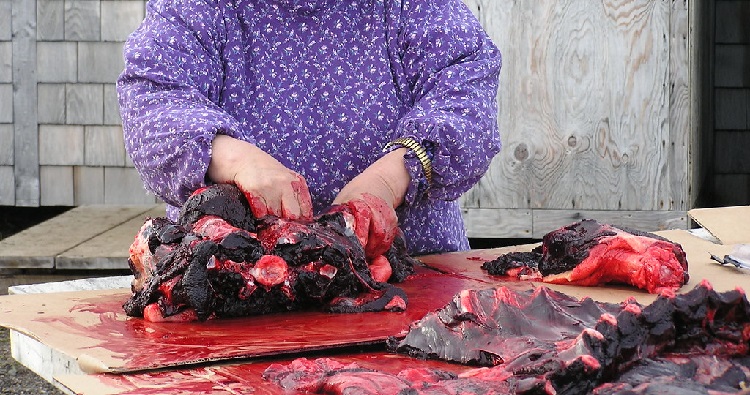
Animals Cruelty
The hunt’s cruelty is without question. Many (42%) of the seals are alive and conscious when their pelts are ripped off their bodies.
Experts have also warned that the clubbing and shooting methods are cruel as most seal hunters don’t comply with regulations. The relevant authorities also fail to enforce regulations.
It is also shocking that people such as parliament members, journalists, and scientists observe the hunt yearly and report unfathomable levels of cruelty taking place.
This brutality involves cutting live seals open, piling live and dead seals on each other, and dragging live wounded seals across ice floes using their boat hooks. They also wound seals with gunshots, refusing to use another bullet to kill them and relieve their suffering.
Objection To Use Animal Fur
Many fashion designers now refuse to use real fur, which aligns with PETA’s and other animal welfare guidelines. Instead, viable options like faux fur are available and work better than wearing cruelly annihilated dead animals.
Unfortunately, some fashion designers don’t yet grasp the inhumanity of their superficial commercial decisions.

Ecological Feasibility
The seals killed over the past few centuries have variably caused population declines and regrowth. In the 1950s, seal populations were at about 2 million following years of exploitation. Bans on culls increased the harp seal population by 2013 to 7.2 million, narrowly avoiding extinction.
Still, scientists are concerned about these seals’ survival because they need sturdy sea ice to whelp their pups. Climate change is placing additional pressure on these mammals. Melting ice means that seal pups are drowning by the thousands.
This is another reason experts state that it is not ecologically feasible to continue with the seal culls.
Economic Impact
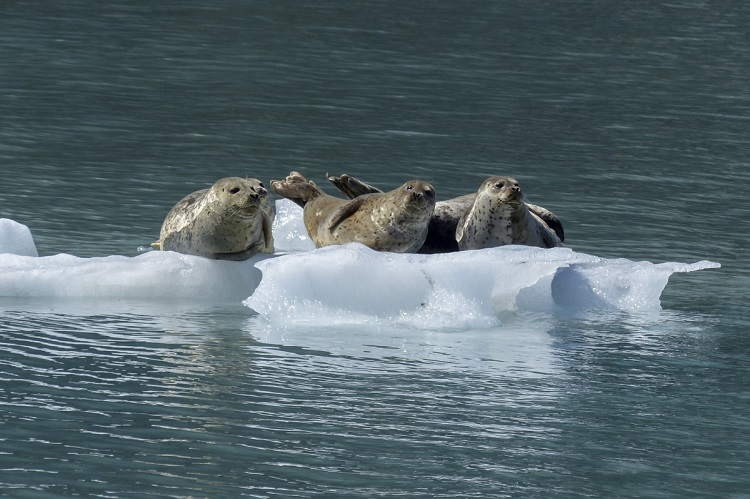
Canada claims that the seal harvest profits were CAD$16.5 million in 2004. They claim the profits go towards helping First Nation people and fishermen. But opposition parties say this figure does not warrant the taxpayer’s subsidy investments in one part of the fishing industry that generates over CAD$600 million.
Critics also say that creating an ecotourism site in place of the annual seal hunt will have a far more positive economic impact on the region.
Seal Hunting as a Culling Method
Greenpeace asked Fisheries and Oceans Canada (DFO) in 2005 to stop spreading misinformation that seal culling was to prevent the depletion of cod fish quantities. The Canadian government responded that these two issues were separate and based the commercial seal hunt on scientifically proven conservation principles.
General Public Opinion
People across the world express their horror at the inhumane treatment of seals as they do with other animal cruelty. However, people near and in Newfoundland accept the practice as a traditional cultural expression.
Protests
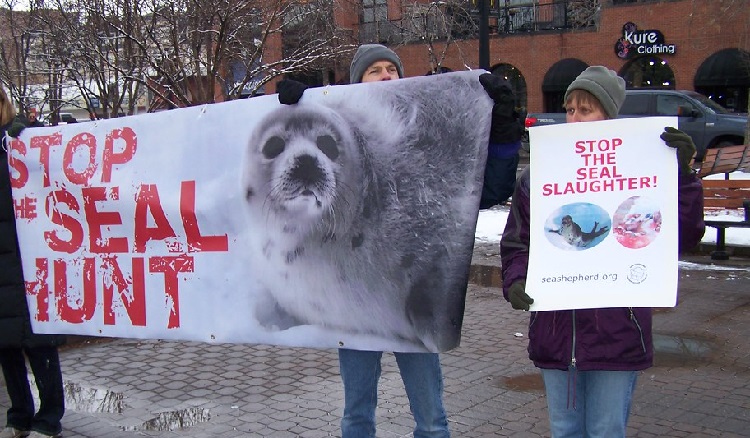
Animal rights groups actively encourage people to protest the seal pup hunt as they do with fox hunting, bullfighting, dog fighting, whaling, etc. Within Canada, people in cities are more likely to protest against cruel Newfoundland practices.
Does the Government Subsidize the Seal Hunt?
The Canadian government does subsidize the cruelty of the seal hunt – using taxpayers’ money. Here are several facts supporting this claim:
- The Canadian Institute for Business and the Environment says the government subsidized the sealing industry with over $20 million from 1995 to 2001. (Subsidy sources included the Canada Economic Development–Quebec, the Human Resources Development Council, and the Atlantic Canada Opportunities Agency).
Subsidy dispersal included
- Processing plant capital acquisition.
- Seal product development (over $400,000 from the government).
- Seal processing plant laborer funding.
- Market research and development.
- Recent government subsidization includes search and rescue operations by the Canadian Coast Guard for sealing crews.
- Icebreaking for sealing vessels.
- Marine Mammal Regulation enforcement cost taxpayers $1.8 to $3.6 million, while the industry only generated $1.5 million in 2009.
- Accommodation and flights to support the Canadian government’s lobbying of foreign governments to support the sealing industry.
- Indirect Norwegian government subsidization from a directly Norwegian subsidized Norwegian company that buys almost 80% of raw Canada’s seal skins. Once in Norway, the company processes the skins for resale.
How Can You Help?
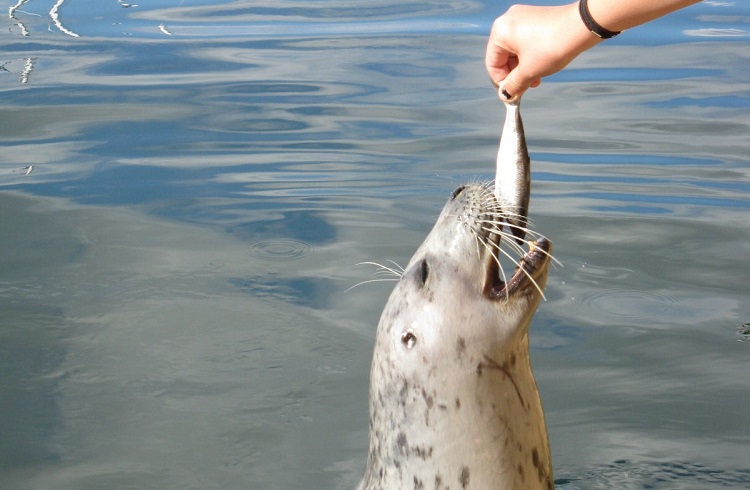
Informational and educational campaigns cost money. So does taking legal action to prevent cruelty to animals. You can help change seal’s lives with financial support or by volunteering your help. Many other organizations focus on the humane treatment of and helping to prevent the extinction of animals.
You can help by exploring your match with the following organizations or a humane society:
- Say no to fur with the Fur Free Alliance
- International Fund for Animal Welfare (IFAW)
- The Canadian Federation of Humane Societies, also known as Humane Canada
- Humane Society International
- Humane Society of the U.S.
FAQ’s
Where Are the Seals Killed the Most?
Killing seals occurs mostly on the ice floes off the east coast of Canada to the west (Gulf of St. Lawrence) and east (Magdalen Islands) and the northeastern (Front) sides of Newfoundland.
Which Seals Are Targeted by Canada’s Seal Hunt?
Harp seals are most likely to be killed in the annual seal hunt. Hooded seals are secondary victims in worldwide hunts.
How Many Seals Are Killed Annually?
Estimates place harp seals killed at more than two million in the past decade. However, numbers have decreased from over 217,000 in 2008 to less than 70,000 in 2010. The Canadian government estimated fewer than 27,000 harp seals were killed in 2021, despite a quote of 400,00 for its annual seal hunt.
Are There Any Penalties for Seal Clubbing if Hunters Exceed the Government Quota?
The Minister of Fisheries and Oceans of the Canadian government deliberately ignored that seal clubbers had exceeded their quotas by 37,000 seals at the close-off date in mid-May 2002.
This Minister of Fisheries and Oceans again allowed the hunting season to continue for another two weeks in 2004 to worsen the situation. At the last estimate, 16,000 more harp seals died. No penalties were ever imposed.
Are Seals Jeopardizing the Canadian Cod Fishery?
Experts confirm that over-fishing is depleting favorite Canadian seafood. But overfishing of cod fishing stocks and not harp seals in the Northwest Atlantic are to blame for decreasing volumes. Attempting to blame the seals is a diversionary tactic filled with misinformation.
The harp seal eats a varied diet. Consequently, scientists believe culling it will harm the revival of commercial fish species in the Northwest Atlantic should people continue to hunt this animal.
Are Seals Overly Populated?
Although large, experts confirm there is no overpopulation of these seals and no reason to cull their numbers. In fact, senior scientists in Canada’s government said the commercial seal hunt should stop for a decade in the 1970s to allow the harp seal population to recover from overhunting.
The European Union banned whitecoat seal skins in the 1980s. This action deprived the industry of an entire market. The Canadian government allowed the commercial seal hunt to continue in the 1990s.
History repeats itself with decreasing harp seal numbers as scientists shout warnings to the Canadian government to make wiser quota decisions. Their voices fall on deaf politicians’ ears.
Conclusion
Although the Canadian seal is not an endangered species, seal hunting remains a favorite pastime in the Canadian arctic. But there is no need to use this marine mammal for human consumption when ecotourism has potentially more significant benefits.
Animal rights activists have gone to extreme lengths to prevent seal deaths. They have protected them from inhumane killing as much as possible. However, your help is always valuable to ensure that progress continues and nefarious agendas are not resurrected to worsen this horrific blood bath.


